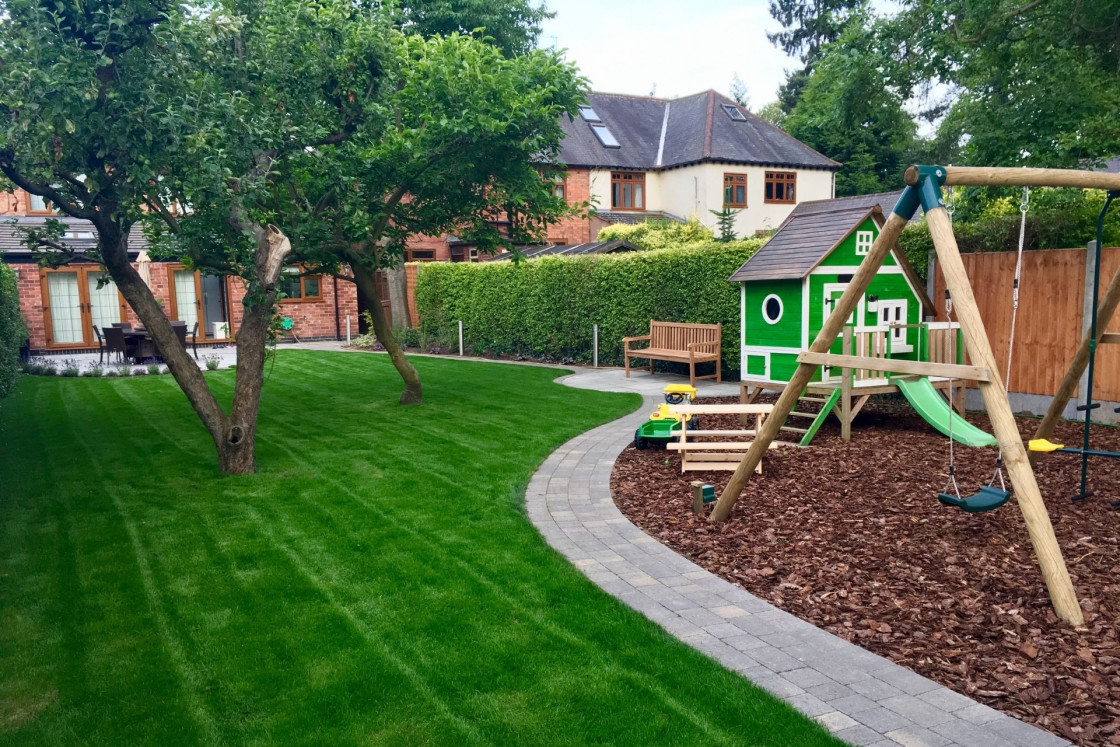If you are looking for ideas on how to make a safe and secure garden environment for children, then you have come to the right place. Here you will find tips on how to protect your little ones from harmful animals and other hazards in the garden.
Fences and hedging prevent unwanted animals from getting in
Fences and hedging are great to use if you want to keep unwanted animals out of your garden. They provide security and safety for you and your family. Keeping animals out of your garden means they won’t be able to do damage to your plants or cause harm to your pets. Choosing the right types of fences and hedging is essential if you have small children in your home.
Many types of hedging plants make excellent barriers for windows and doors. For example, you can create a barrier using spiky barberry. This plant grows up to eight feet tall, making it a good choice for a perimeter hedge. Barberry has a wide variety of cultivars that are well-suited to hedging. You can also grow lavender, which has a pungent aroma. If you are worried about mosquitoes, you can try planting Coleus Canina.
Create a secure cover for a garden pond
If you want to protect your children from the dangers of a garden pond, you need to find a way to create a secure cover for the pond. This is especially important for young children who are still developing their coordination and mobility.
There are a number of ways to achieve this. You can use safety grids or mesh to cover the pond surface. Or you can install a fence.
The most effective method of creating a secure cover is to use high-quality netting. The netting should be thick enough to support a toddler without them dipping into the water. It should also be self-supporting, preventing them from getting tangled in it.
Another option is to construct a fence around the pond. Whether you choose to build one or buy a ready-made security grille, you need to make sure that it is stable.
Handwashing is key
Handwashing with soap and water is the best way to prevent the spread of germs. By following this simple practice, you can stop the spread of many infectious diseases, including respiratory infections, colds, flu, diarrhea, and more.
In addition, you can keep yourself and your family healthy. It is important to teach children proper handwashing techniques to ensure they are kept safe from infection. You should always wash your hands before eating, after you have used the restroom, after you have coughed, after you have touched pets, and after you have gotten outside.
Children are most at risk of infections due to their small size and weak immune systems. They are also susceptible to gastrointestinal infections, skin and eye infections, and more.
When you do not wash your hands, feces can get on your fingers and into your mouth. This can cause serious complications.

